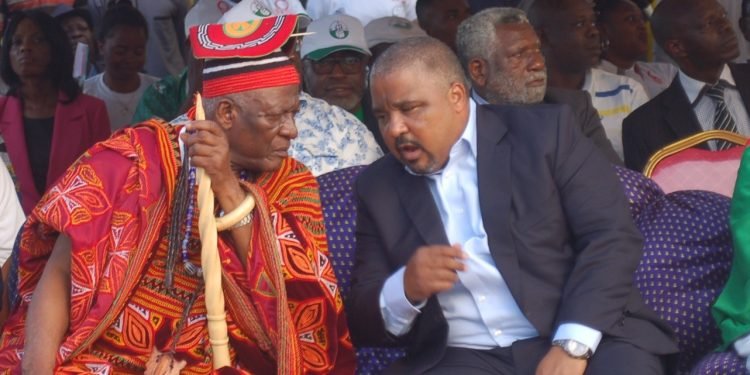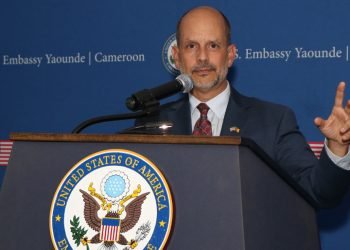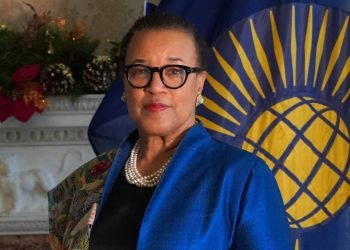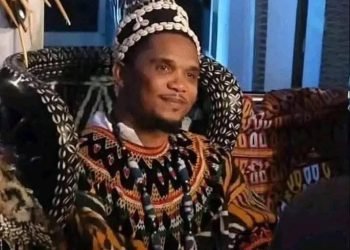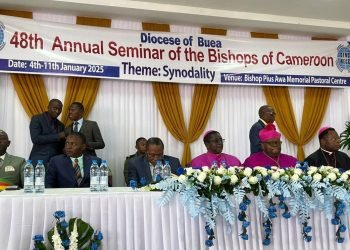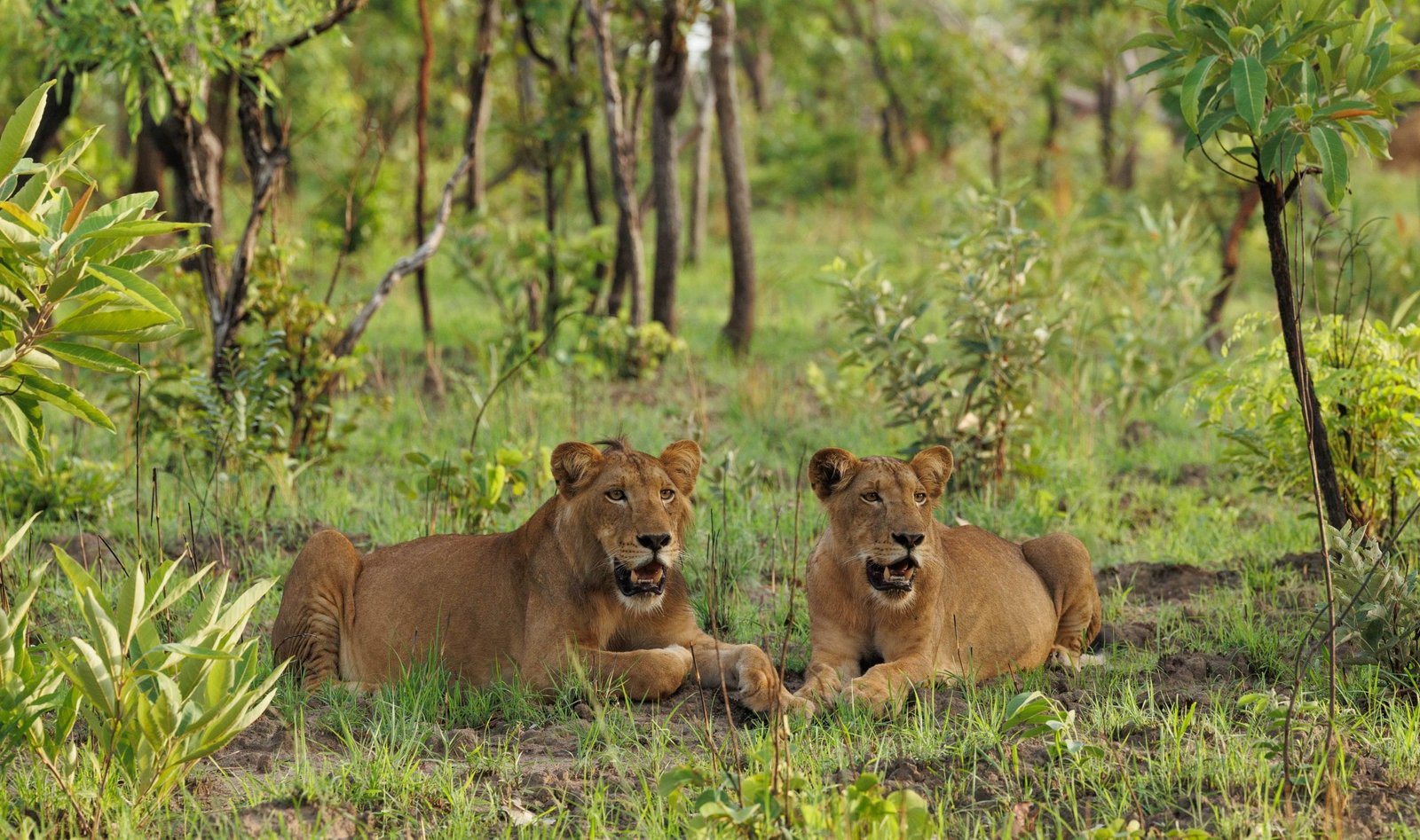By Prince Mundi Tanda*
The Social Democratic Front (SDF), once the emblem of hope and change in Cameroon’s political arena, has apparently become a shadow of its former self. From its promising debut in 1992 to its dwindling influence in recent years, the party’s journey reflects the challenges of sustaining opposition politics in a system fraught with authoritarian tendencies, internal divisions, and strategic missteps.
The SDF burst onto the political scene in May 1990. Its official launch in Bamenda met with widespread enthusiasm but also met with repression, as six people lost their lives in the infamous Ntarikon incident. This tragic beginning symbolized the sacrifices many believed necessary to usher in multiparty democracy in Cameroon. Under the leadership of the charismatic John Fru Ndi, the SDF became the main opposition force in a nation dominated by the ruling Cameroon People’s Democratic Movement (CPDM).
The 1992 presidential election marked the zenith of the SDF’s influence. Fru Ndi’s 36% vote share was a monumental achievement, especially given allegations of widespread electoral fraud. This performance galvanized millions of Cameroonians, particularly in the Anglophone regions, and positioned the SDF as the embodiment of their aspirations for democratic change.
Missteps and missed opportunities
Despite its early momentum, the SDF struggled to maintain its position as Cameroon’s principal opposition party. The decision to boycott the 1997 presidential election, though intended as a stand against electoral malpractice, was a pivotal mistake. By abstaining, the SDF inadvertently allowed the CPDM to consolidate its dominance. The boycott also alienated potential supporters and created an impression of indecision and inconsistency within the party.
The SDF’s woes were further compounded by its inability to broaden its appeal beyond its Anglophone stronghold. While the party retained significant support in the North West and South West regions, it struggled to gain traction in the Francophone majority, a critical factor in Cameroon’s national elections.
Dwindling electoral performance
Subsequent elections revealed the party’s gradual loss of influence. In 2004, Fru Ndi secured just 17.4% of the vote, a significant drop from his 1992 performance. By 2011, this figure had dwindled to 10.71%. The party’s influence in parliamentary and municipal elections also declined.
At its peak in 1997, the SDF held 43 seats in the National Assembly, making it a formidable voice in legislative debates. However, over the years, this number has steadily decreased. In the 2013 elections, the party managed just 18 seats, and by 2020, it had been reduced to five—a glaring indication of its waning influence. The SDF’s municipal prowess has followed a similar trajectory, with the party losing control of key councils to both the CPDM and newer opposition parties.
Impact of new political forces
The emergence of newer opposition figures and parties has further eroded the SDF’s standing. Maurice Kamto and the Cameroon Renaissance Movement (CRM) have captured the imagination of many Cameroonians, particularly the youth. Kamto’s bold challenge to the status quo in the 2018 presidential election and his subsequent political activism have seemingly drawn attention away from the SDF, leaving it struggling to remain relevant.
The 2018 presidential election was particularly disastrous for the SDF. With Fru Ndi stepping aside, the party fielded Joshua Osih, a relatively unknown figure on the national stage. Osih’s 3.35% vote share underscored the party’s diminished relevance, as it was outperformed by Kamto and even fringe candidates.
Internal struggles
Internal divisions have also plagued the SDF. Accusations of weak leadership, financial mismanagement, and a failure to adapt to the evolving political landscape have left the party fractured. The death of John Fru Ndi in 2023 dealt another blow to the party, robbing it of its most recognizable figure. While his leadership was not without controversy, Fru Ndi was a unifying force and a symbol of the SDF’s historical significance.
The road ahead
As Cameroon gears up for its next presidential election, the SDF faces an existential crisis. Can it reclaim its lost glory, or has it become a relic of a bygone era? The party’s survival will depend on its ability to reinvent itself, attract younger leaders, and reconnect with a broader base of supporters.
The SDF’s story is a cautionary tale for opposition parties across Africa. It underscores the importance of strategic decision-making, internal unity, and the ability to adapt to changing political dynamics. For Cameroonians who once looked to the SDF as a beacon of hope, its decline is a poignant reminder of the challenges of sustaining democratic aspirations in an environment where the odds are heavily stacked against the opposition.
As the SDF navigates its uncertain future, one thing is clear: the legacy of its early years will remain a significant chapter in Cameroon’s political history, even as its current role continues to fade.
*Prince Mundi Tanda is a journalist, news presenter and reporter with Vision 4 television in Yaounde.
First published in NewsWatch newspaper No 196 of Wednesday, January 29, 2025

